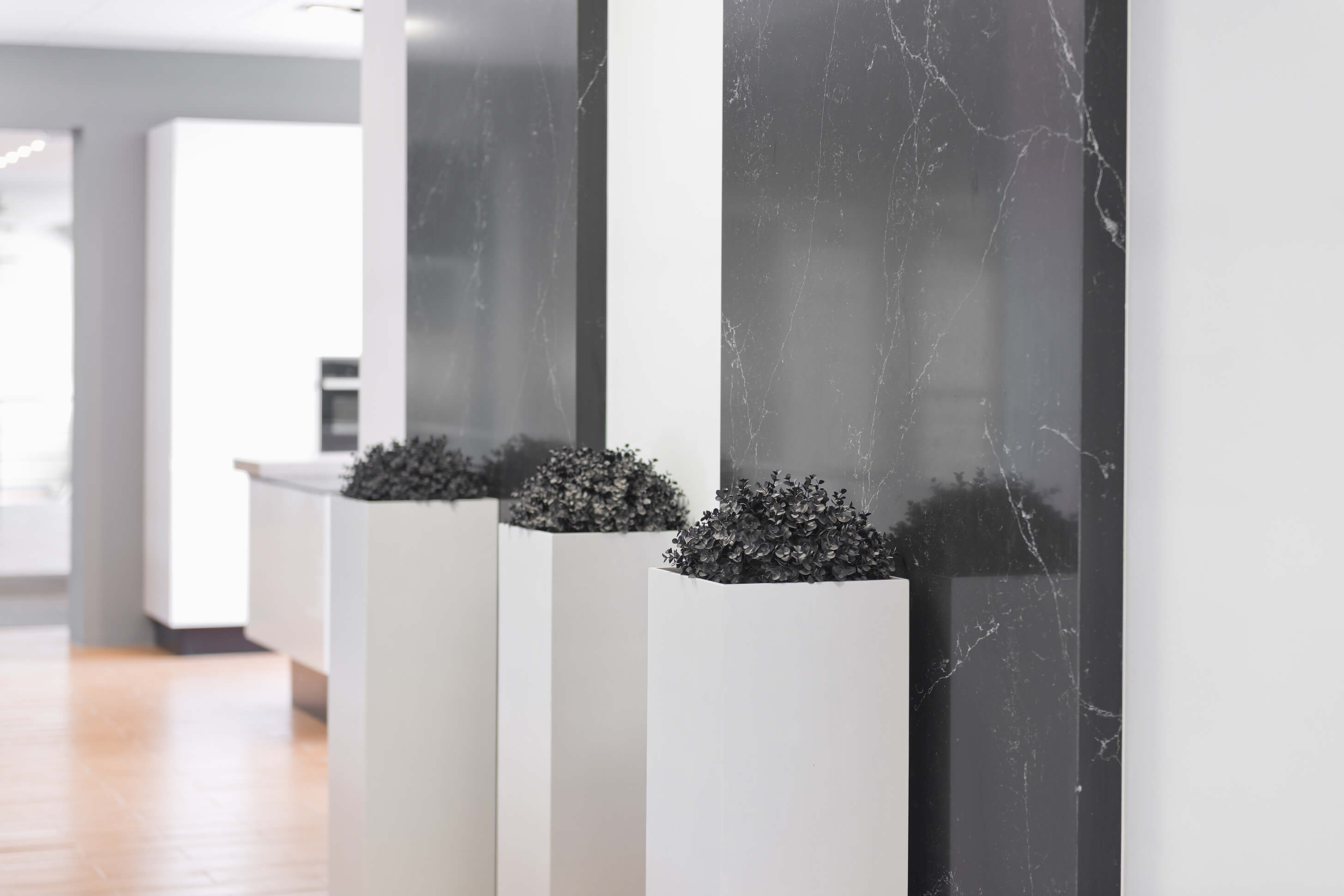Modern architecture is the one of the most common styles we can find in our cities. It emerged as a response to Modernism – with its extensive use of ornamental and symbolic elements- and it is characterized by its functional and geometrical style. Modern architecture reached its pinnacle in the famous Bauhaus school of architecture and the International Congresses of Modern Architecture. But what has really made modern architecture unique is its international dimension, for it has extended throughout Europe, North America, South America and even Asia, generating, in this way, several versions of the movement
This style, which arose in the early 1930’s, was intended to be thoroughly defined by the intellectuals who created it as a pure and functional way of making architecture: a building had to follow certain aesthetic rules in order to be considered modern. But as this style spread all over the world, it ended up being one of the most culturally diverse ways of making architecture to this date. One only needs to take a look at modern buildings located in different countries to realize that when modern architecture combines with specific cultural traditions, as well and climatic conditions, the results turn out to be anything but homogeneous.
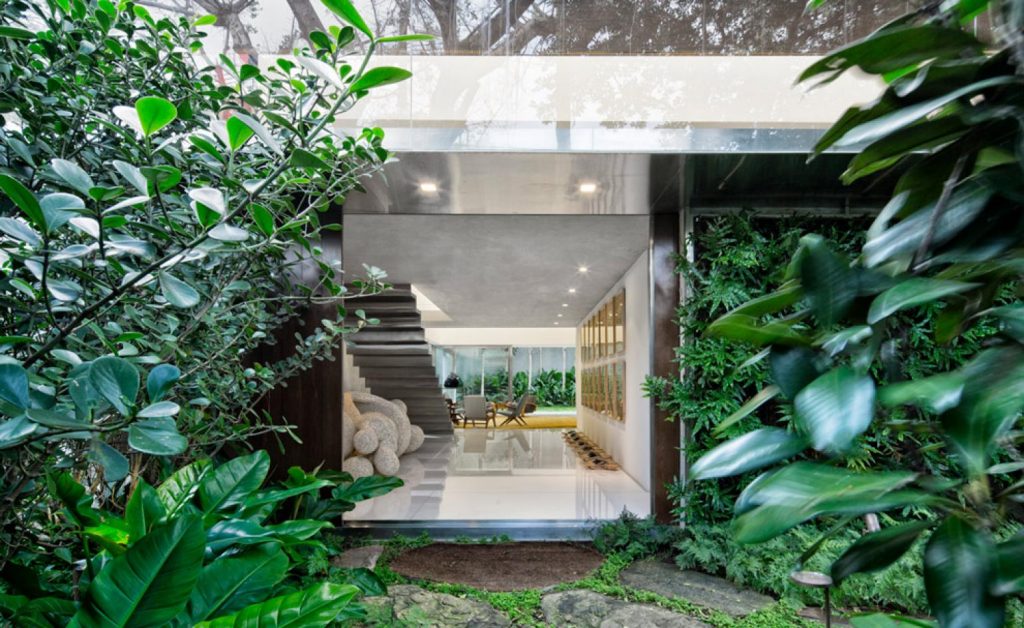 Throughout the years, this architectural style has evolved greatly, mainly due to the specific characteristics related to each country’s cultural and social context, and it has become the highest form of modern vernacular architecture. The differences between each building not only arise due to cultural values, but are also related to climatic conditions -which ultimately, of course, have a very important impact in local customs- generating unique variants within the style. This is the case of “tropical modern” architecture: a form of design based on modern architecture but which takes into account the specific needs that emerge due to the environment. These needs range from the selection of the building materials to the certain way of configuring interior spaces according to ambient temperature, humidity levels and the particular surroundings of the building.
Throughout the years, this architectural style has evolved greatly, mainly due to the specific characteristics related to each country’s cultural and social context, and it has become the highest form of modern vernacular architecture. The differences between each building not only arise due to cultural values, but are also related to climatic conditions -which ultimately, of course, have a very important impact in local customs- generating unique variants within the style. This is the case of “tropical modern” architecture: a form of design based on modern architecture but which takes into account the specific needs that emerge due to the environment. These needs range from the selection of the building materials to the certain way of configuring interior spaces according to ambient temperature, humidity levels and the particular surroundings of the building.
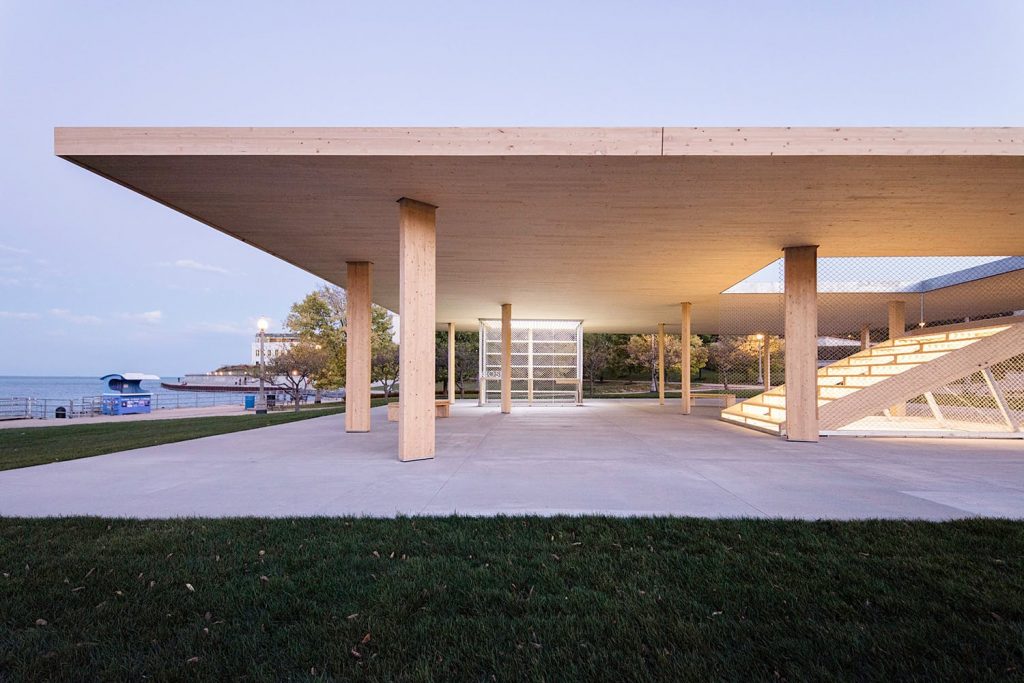 Paulo Mendes da Rocha is considered one of greatest exponents of tropical modern architecture. Born in Brazil in 1928, he is known for his great social and environmental awareness. This awareness- related not only to natural environment but also urban areas – is a characteristic that would mark his career. His capacity for creating architecture in synchrony with the environment can be seen in projects such as the Sao Pedro Chapel or the Patriarch Square, both located in Sao Paulo. In the Sao Pedro Chapel, the project consisted in the design of one solid geometrical element that is built on a single central pillar.
Paulo Mendes da Rocha is considered one of greatest exponents of tropical modern architecture. Born in Brazil in 1928, he is known for his great social and environmental awareness. This awareness- related not only to natural environment but also urban areas – is a characteristic that would mark his career. His capacity for creating architecture in synchrony with the environment can be seen in projects such as the Sao Pedro Chapel or the Patriarch Square, both located in Sao Paulo. In the Sao Pedro Chapel, the project consisted in the design of one solid geometrical element that is built on a single central pillar.
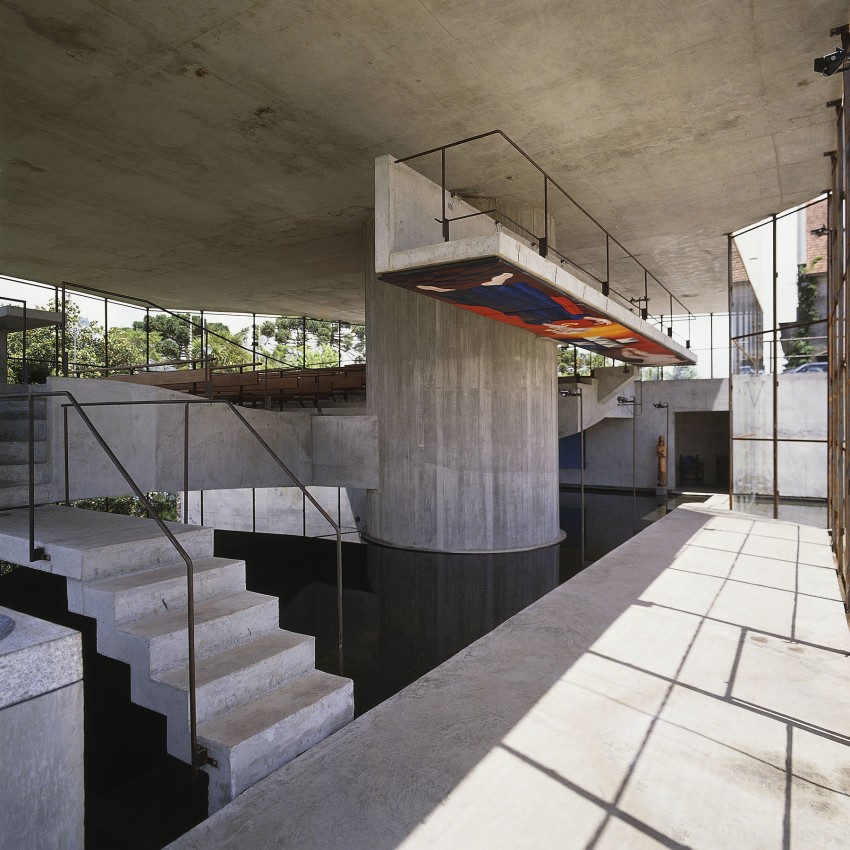 Even though the chapel strongly contrasts with the surroundings, the architect manages to establish a dialogue between the environment and the great concrete building: a clear example of the integration of modern architecture in its environment.
Even though the chapel strongly contrasts with the surroundings, the architect manages to establish a dialogue between the environment and the great concrete building: a clear example of the integration of modern architecture in its environment.
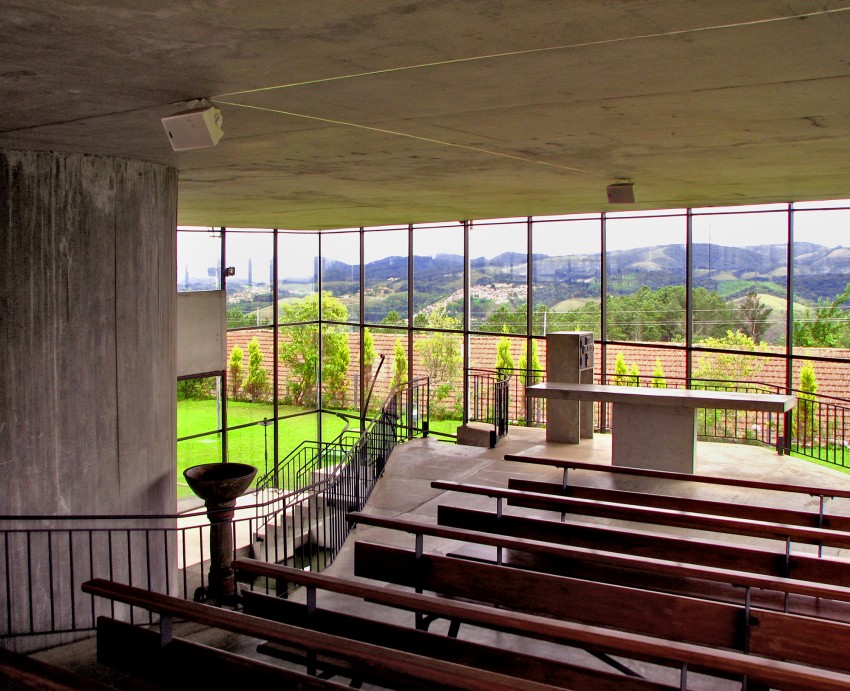 In the second case, the Patriarch Square constitutes a perfect example of a modern urban project that is well merged with the surroundings. With a somewhat brutalist profile, da Rocha generates a structure that behaves as threshold between the street and the metropolitan subway system, connecting both urban areas as if it were a hallway between two neighbourhoods.
In the second case, the Patriarch Square constitutes a perfect example of a modern urban project that is well merged with the surroundings. With a somewhat brutalist profile, da Rocha generates a structure that behaves as threshold between the street and the metropolitan subway system, connecting both urban areas as if it were a hallway between two neighbourhoods.
Luis Barragán, one of the fathers of Mexican modern architecture, has produced some of the most representative designs of tropical modern architecture. His work is considered a cornerstone within this movement, not just due to its high quality, but also because of the architect’s ability to bring together tradition and modernity masterfully.
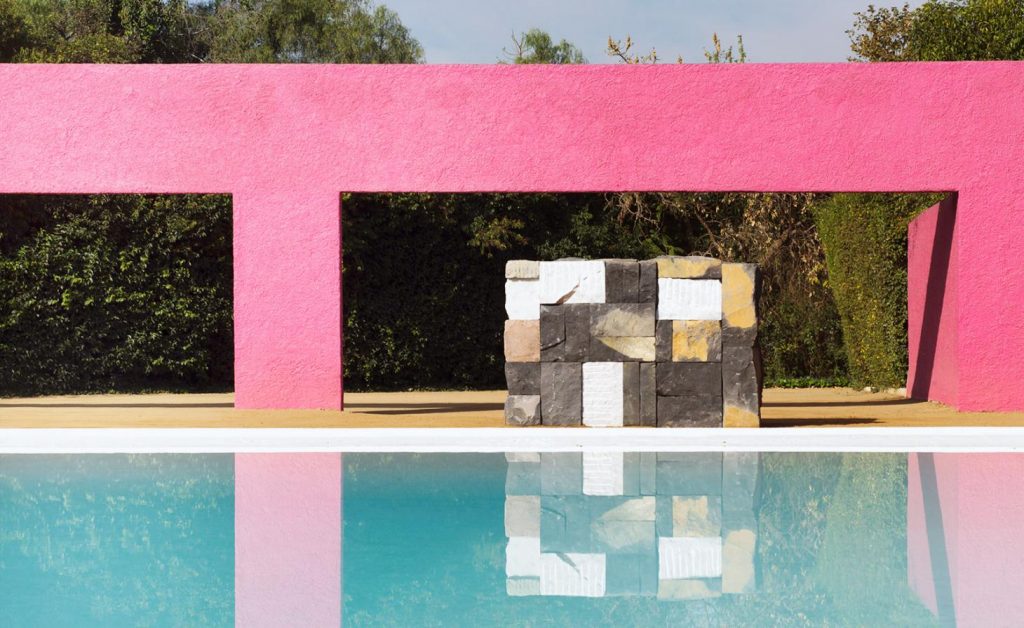 In addition to the Luis Barragán House, this architect created numerous buildings that have marked a before and after in the interpretation of vernacular architecture: the Gilardi House or the San Cristobal House are great examples of this. Located in Ciudad de México -built in 1948 and 1968, respectively- both buildings are characterised by the combination of pure lines, solid elements and the use of materials that are typical in the Mexican culture: bright colours, organic textures or the use of lime, wood and ceramics.
In addition to the Luis Barragán House, this architect created numerous buildings that have marked a before and after in the interpretation of vernacular architecture: the Gilardi House or the San Cristobal House are great examples of this. Located in Ciudad de México -built in 1948 and 1968, respectively- both buildings are characterised by the combination of pure lines, solid elements and the use of materials that are typical in the Mexican culture: bright colours, organic textures or the use of lime, wood and ceramics.
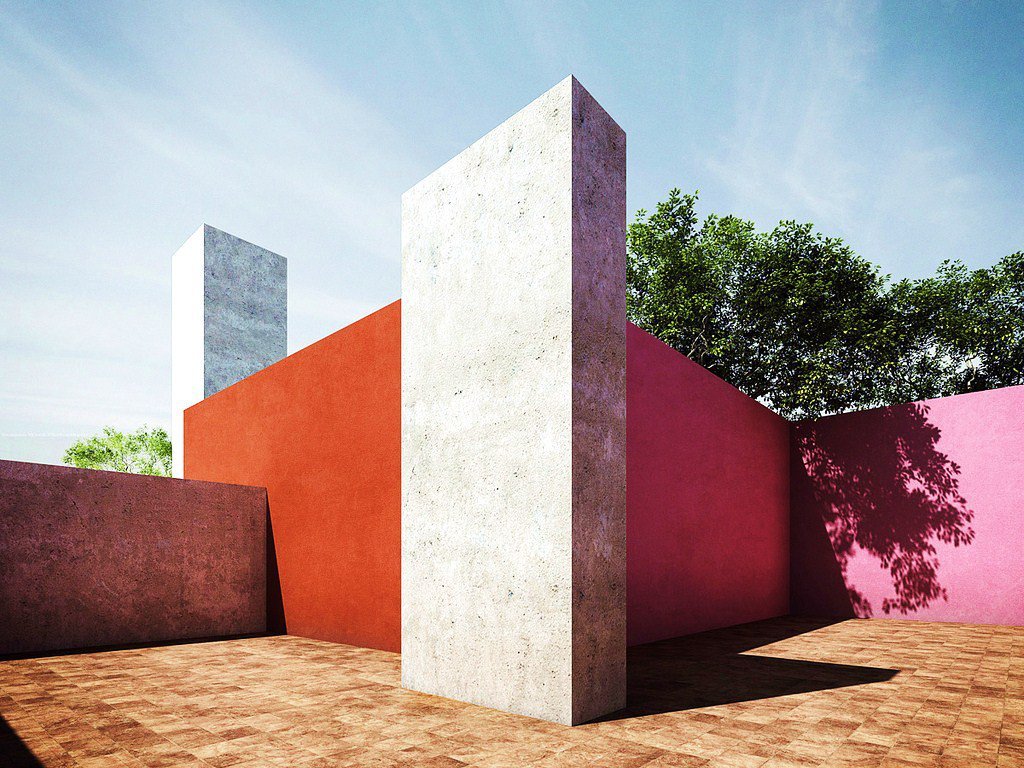 All of these emblematic designs have in common that they were conceived taking into account the specific climatological needs of each area. In this way, architectural design can create liveable spaces capable of self-regulating: buildings located in warm areas must be configured to shield the interior from the sun, whereas those situated in cooler places must reduce heat loss. Modern tropical architecture takes the best features of modernity and combines them with the best of traditional architecture, resulting in a sustainable, local, and especially functional way of making architecture.
All of these emblematic designs have in common that they were conceived taking into account the specific climatological needs of each area. In this way, architectural design can create liveable spaces capable of self-regulating: buildings located in warm areas must be configured to shield the interior from the sun, whereas those situated in cooler places must reduce heat loss. Modern tropical architecture takes the best features of modernity and combines them with the best of traditional architecture, resulting in a sustainable, local, and especially functional way of making architecture.

